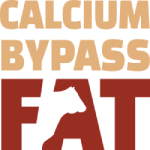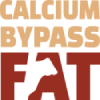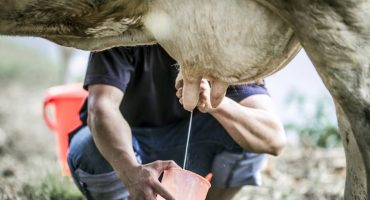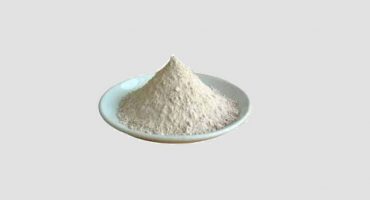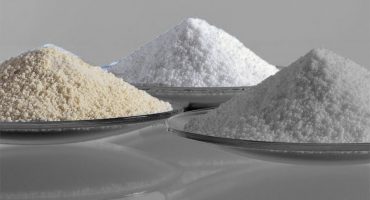WHY FEED FAT?
High yielding dairy cattle during early lactation are often in negative balance because of insufficient feed intake to meet energy requirements. In this conditions animals have to draw upon their body reserves to support the milk production , often resulting in metabolic disorders and sub optimal milk yield . Example, severe weight loss can lead to ketosis, fatty liver formation, reduced reproductive performance and decreased milk yield.
In the dairy cows, especially in the first months of lactation increased energy needs cannot be met ketosis called metabolic problem occurs. Ketosis causes weakening of body condition, moderate de depression blindness, the smell of acetone in breathing air and milk, mineral deficiency, anorexia, low milk yield. Also it causes dullness, dryness in the hair cover.
Doped foods should be given to protect dairy cattle from diseases such as ketosis in the later period of lactated. Because the appetite enhancing additive fats are added to the given feeds, they make the food delicious and catchy.
Chemically, fat are organic components of ether extract. Ether removes all fat soluble compounds, including mono, di and triglycerides, free fatty acids, fat soluble vitamins, sterols, saponins, waxes and some pigmenting agents. Fat supplementation increases energy density of the diet, but high dietary fat can lead to a reduction in fiber digestion in the rumen and a decline in milk fat percentage, depending on the amount and type of fat fed. In order to counter effect these undesirable effects, dietary supplementation of fat as a salt of long chain fatty acids is a good alternative. Saturated and unsaturated long chain fatty acids have less effect on rumen fermentation when supplemented as calcium salt than as free fatty acids.
